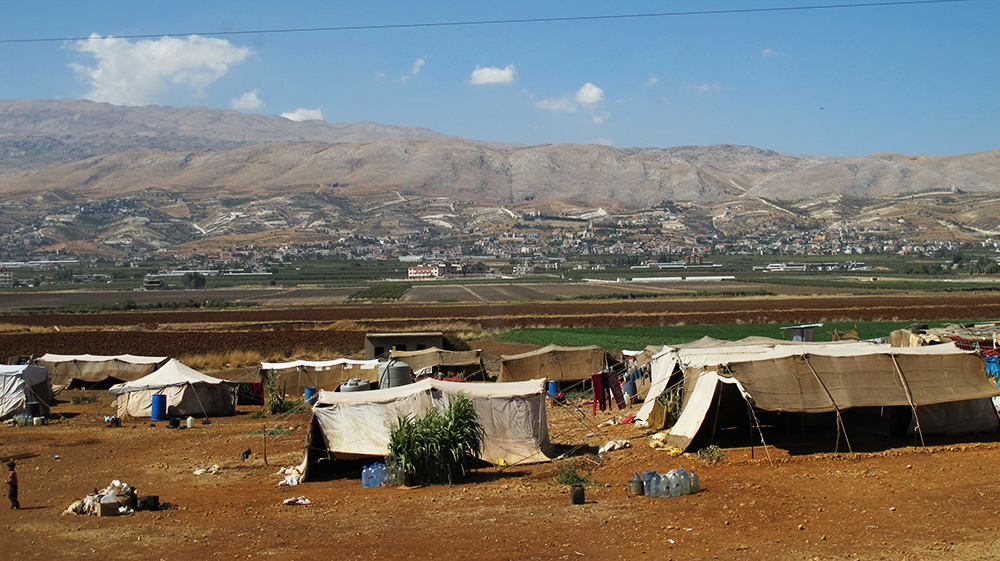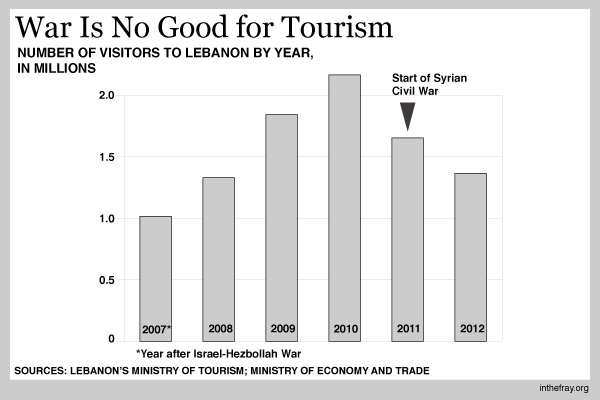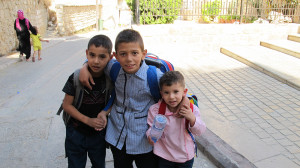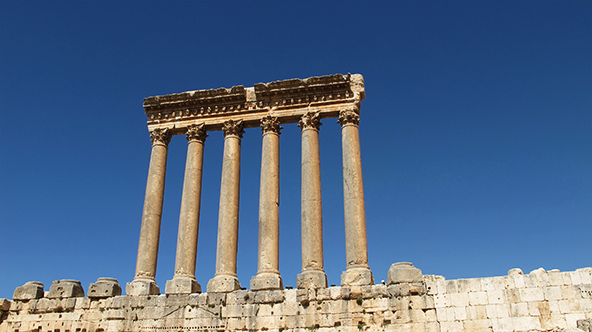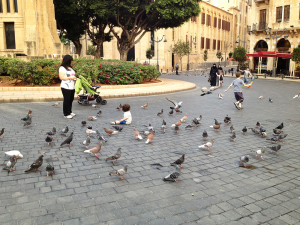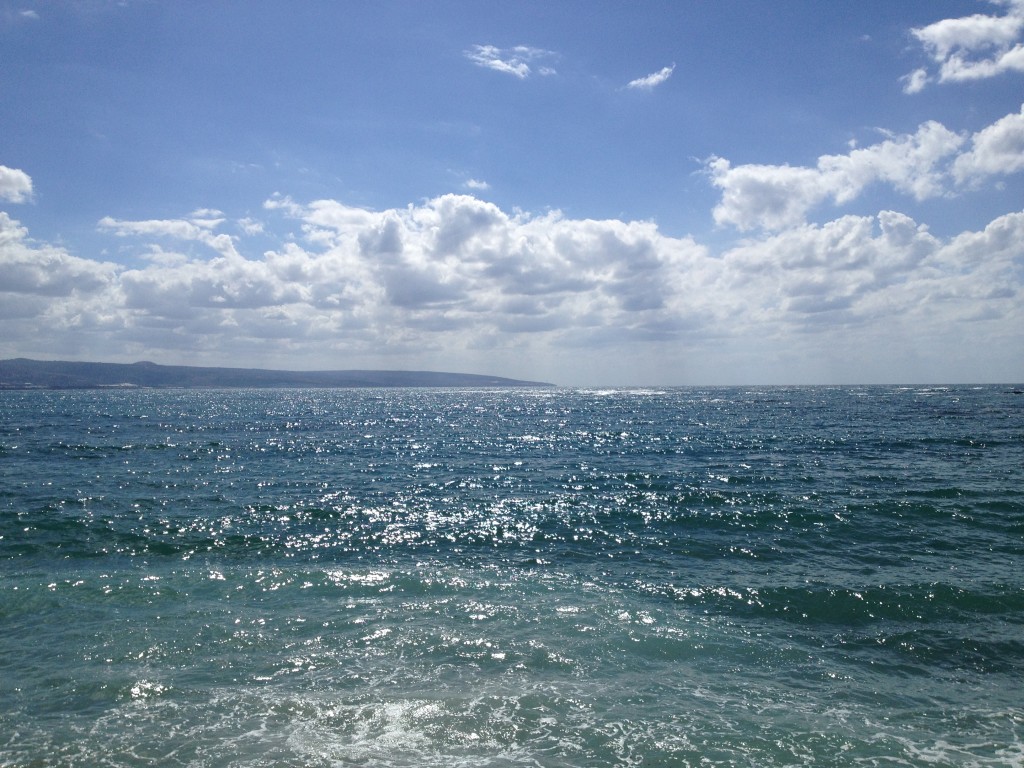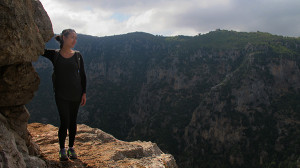
I went to Máncora to be reunited with My People.
After three months of working for a non-governmental organization (NGO) in Chiclayo, Peru, and being totally immersed in Peruvian culture, I could finally speak Spanish. Now I received compliments on my fluency instead of the “what the fuck are you saying?” facial expressions that my initial attempts at communication had received. Yes, my Spanish was good, thanks to necessity. And yet … it sure would be nice to say exactly what I meant. (Subtleties are lost in translation.)
Humor had carried me far, but quite frankly, I was lonely. Of course I enjoyed the company of my Chiclayano friends. But having at least one other foreigner — My People — around to share the experience would have been nice. There’s a fine line between feeling proudly independent and unintentionally isolated.
I needed an escape, and I was sure of the solution: a brief reunion with My People in the town of Máncora. I’d heard there were English-speaking tourists in Máncora, so I decided to treat myself to a short vacation. It was time! Time to crack jokes with people who had heard of Arrested Development. Time to share my enthusiasm over the musical genius of Beirut instead of Grupo Cinco. Time for a break from the stares and whistles I got as one of the only white people walking down the streets of Chiclayo.
Not My People
But when I finally arrived in Máncora, I didn’t fit in.
How could this be? Weren’t these Western globetrotters My People? The league of backpackers with whom I’d shared conversation countless times, listening wide-eyed to each other’s tales of rash job-quitting and subsequent adventuring? Patting each other on the back for choosing the road less traveled (though increasingly trodden)?
But My People now made me nervous. In my first encounters, I felt desperate to fit in. Insecure. Eager for approval. This wasn’t the PB&J synergy I remembered! This didn’t feel comfortable; this felt like … junior high. What’s more, These People spoke a language that I couldn’t decipher, raving about “the green” and “wax brands.” Now it was my turn: What the fuck are you saying? (Maybe a surftown wasn’t the wisest choice for first contact.)
And then I experienced another kind of nervousness: If I didn’t fit in with them, then with whom? I’d lost my true north and needed to get away from These People, people I thought I knew, but who had morphed into confusion instead. I headed beach-ward with a book, where my pale, pale self also failed to fit in. At least I didn’t feel the need to impress the sand or sea. But on my way, I met Paola.
Actually, it was Robert who called out to me.
“Are you an English speaker?”
I turned around to face an odd pair. A tall, bearded 60-year-old American strolling alongside a 29-year-old Colombian beauty with facial piercings and a guarded expression. I accompanied them to a café, ditching my beach plan in favor of the possibility of finding community with a pair of misfits.
Robert and Paola
I can’t remember why Robert called out to me, but I’m glad he did. He rarely speaks to women (only part of the complex character that is Robert), and if he hadn’t randomly selected me to be the anomaly, I would never have known Paola, the enigma.
Paola was short, but her powerful presence made you forget this. She walked with a rigid posture and a stiff neck and her chest puffed out. Not in a seductive way, but more like she was trying to emulate a 250-pound bouncer, as if to defy her delicate features. She had a glowing complexion that made her look 22, thanks to a regime of using saliva as a moisturizer. (Gross? You wouldn’t think so if you saw the results.)
Robert was a wonder to listen to. World knowledge poured out of him. He offered me a glimpse into his elaborate web of conspiracy theories, weaving together patterns of suspicion and rumor. His communication lacked any discernable narrative form; rather it was held together by a logic to which only he was privy. Somehow, he transitioned to the subject of Paola, who had been sitting there looking bored. Half of Robert’s speech was in English, of which she didn’t understand a word.
“We have a child together.”
Wow. Paola would later elaborate a bit more for me: They’d had a one-night stand several years earlier, and had been tied to each other because of The Child ever since. This was the first time they’d seen each other in years. They met in Máncora to sort out a few things.
“We’re meeting again here, now, because Paola has a very important decision to make. She is going to decide the name of The Child, and in doing so, she will determine its identity.”
Again—wow. And I’d thought my Máncorian mission was an ambitious one.
Robert then went on a tirade about how Paola was dooming The Child by marrying a Jewish Argentinian and considering giving The Child his surname. With her background, this was like putting a giant target on The Child — hadn’t she heard of the Rosenbergs?
(Robert is a schizophrenic.)
Robert talked straight through the meal. I tried to keep up with the conversation, while Paola sat, looking guarded and bored. She didn’t know it, but Robert was now divulging her life story to me, a complete stranger.
I tried to include her in the conversation.
“Robert está contándome la historia completa de tu vida.” Robert’s telling me your whole life story.
Paola’s People
It was at that point, I think, where I won her confidence. For the next two days, she never lost the scrutiny in her eyes, sizing up every person she met or even passed on the street, but I was now Hers. (Yes! Loner no more.) Maybe she felt bad that I had to sit and listen to Robert’s rants. (I didn’t mind.) Maybe she was thankful that I hadn’t been too quick to judge Robert (or her). I don’t know why, but she took me under her beautiful wing.
For two days I was with Paola’s People.
Paola opened my eyes to a whole new world. I had been living in Peru for three months and had never seen it in this light. Around the time that she met Robert, she’d spent several months living in Máncora and had gotten to know many of the locals. Through her, I met The Artisans. Niño Manuel was their benevolent leader, although at about 55, he certainly wasn’t a niño, a child — at least not physically. His specialty was hat-making and his creations seemed inspired by Dr. Seuss. At any time of the day, you could find him with His People, gathered under the tree across from his booth and sharing a beer or box of wine. When I met Niño Manuel, he pointed out all the people in town I couldn’t trust (including police and informants) and introduced me to the Good People. One particular charmer welcomed me by placing bottle caps over his eyes and doing his best impression of a stingray. (I didn’t get it either. But it was a nice sentiment.)
The Escape
Yes, Paola had introduced me to the beating heart of Máncora, and through The Artisans, I learned about Escape economics. The Artisans were wonderful and kind. Anytime I walked passed one or some of them — anywhere in town — they’d call out to me in chorus and insist that I share their drink. Because they were always drinking. Because their economy demanded it. The decline of the fishing industry (due to the decline of fish stocks) has made tourism a particularly vital source of income for Máncorians. Unlike the cultural tourism of Machu Picchu, Máncora attracts party tourism; it is a party town. Westerners (My People?) escape to Máncora to drink and smoke all day and night, and then they return to their ordered, tranquil lives.
But Máncorians continually live in the Escape. Almost everyone I met was struggling with drug and alcohol abuse. Although, struggling is a relative term, I suppose, because they all just accepted it as normal. I’d be sitting on the beach, having a beer with a friend, and glance over to catch him shooting up. Once, at about 10 a.m., I asked my hostel’s owner, Carlos, if he was drunk. “Of course … as always!” he answered with a grin.
I supposed they just embraced it, but it was something very ugly to me. And yet, what’s a party town without partiers? What would happen to Máncora if its citizens rejected this lifestyle? Is the alternative of poverty any better? It was an unsettling realization that these lives depended on profits from partying.
That night, as the sun set over our box of wine and chicken dinner, Paola informed me that we were going to her friends’ place. “They are Colombian artisans, too. You’ll like them.”
We made our way to a giant lawn decked with hammocks and blankets, where Paola’s friends awaited us: the three Lost Boys. One Boy had a single feather earring dangling from one ear. Like Paola, these 18- to 20-year-old nomads had been displaced from their homeland. We spent the night drinking and playing music. Paola was right: The Boys were playful and kind, and I liked them immediately.
At some point, The Boys began to play an old Colombian folk song about what a wonderful life it would be when the fighting was over. Paola sang. I don’t know when it happened, but she started to weep. Legs crossed, chest slightly deflated, she sang and wept straight through. Her voice wavered but never broke. The song ended.
“Otra vez … otra vez …” Again … again, she pleaded.
The Boys said nothing; they just started the song again and watched Paola. They played the song three times.
“It’s not true. It never came true.” Paola wept and we listened.
Paola explained to me that to be born Colombian means that when you think back to the friends you had in elementary school, you know that most of them are dead. And the ones who aren’t are the ones who left their home. As she had done. As the Lost Boys had done.
The Teacher
I could never fully understand Paola’s tragedy; I had never experienced anything close to it. But by explaining it to me, by allowing me audience to her song, she had invited me in. In spite of her great loss, Paola gave me so much in the few days I knew her.
Somehow, in the middle of Máncora, I’d found a true teacher.
Paola was the epitome of grace, of strength, of sadness. She taught me about culture and belonging, about what it means to be a woman, a mother, a child. The entire time we spent together, she called me “niña,” little girl. She may have only been a few years my senior (and looked about my age, thanks to the miracle of spit), but she seemed to have 45 years of life experience on me.
Because she had expanded my understanding of culture and belonging, I saw new potential in Chiclayo. So I’d have to wait a while longer to drop Arrested Development lines with My People, wherever they were. (Whoever they were.) And, yes, I would inevitably be treated as the town idiot for my imperfect language skills, at least a few more times. But now, three more months seemed less daunting, less lonely.
Amy O'Loughlin Amy O’Loughlin is a freelance writer and book reviewer whose work has appeared in American History, World War II, ForeWord Reviews, USARiseUp, and other publications. She blogs at Off the Bookshelf.
Dear Reader,
In The Fray is a nonprofit staffed by volunteers. If you liked this piece, could you
please donate $10? If you want to help, you can also:



